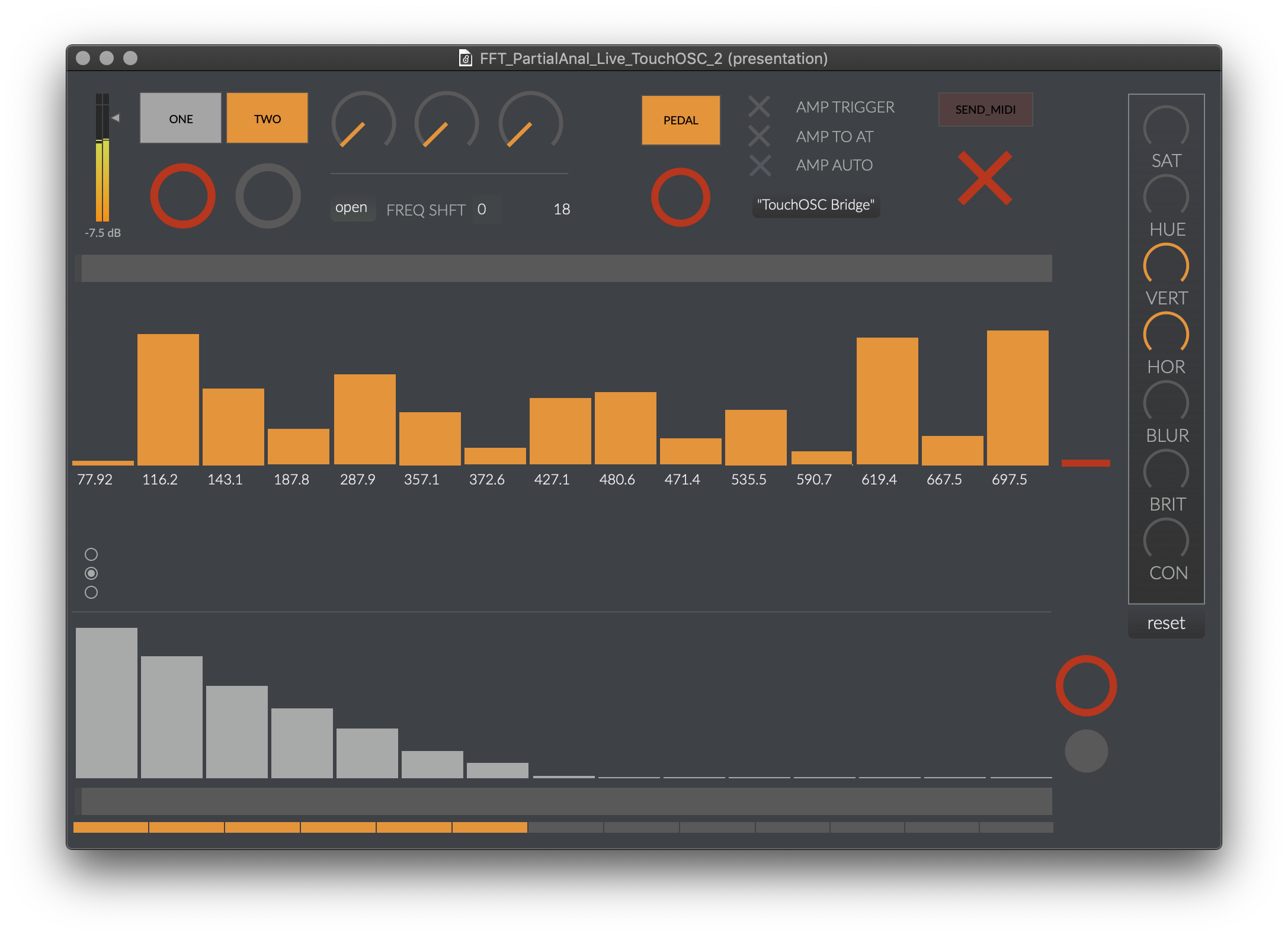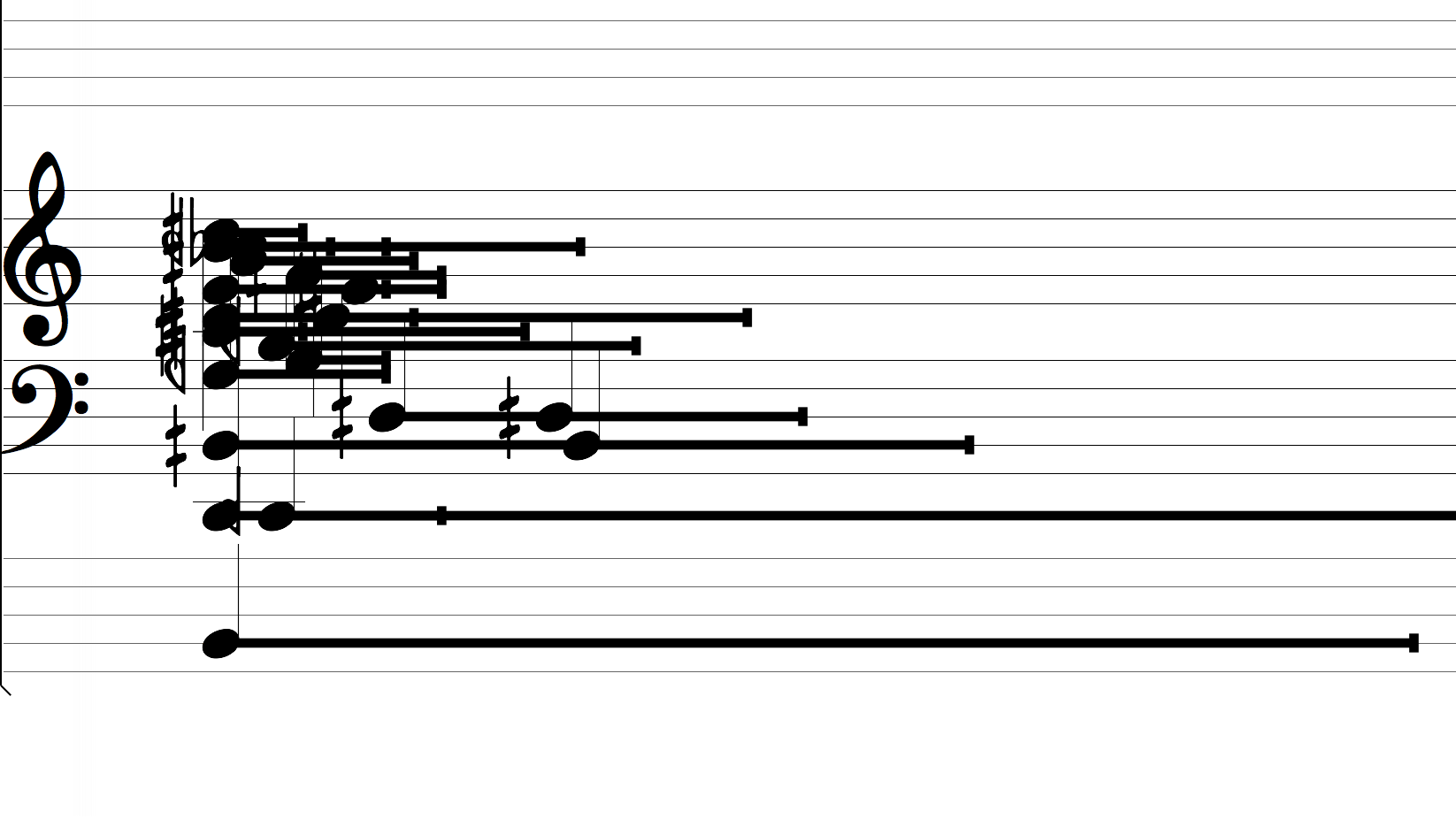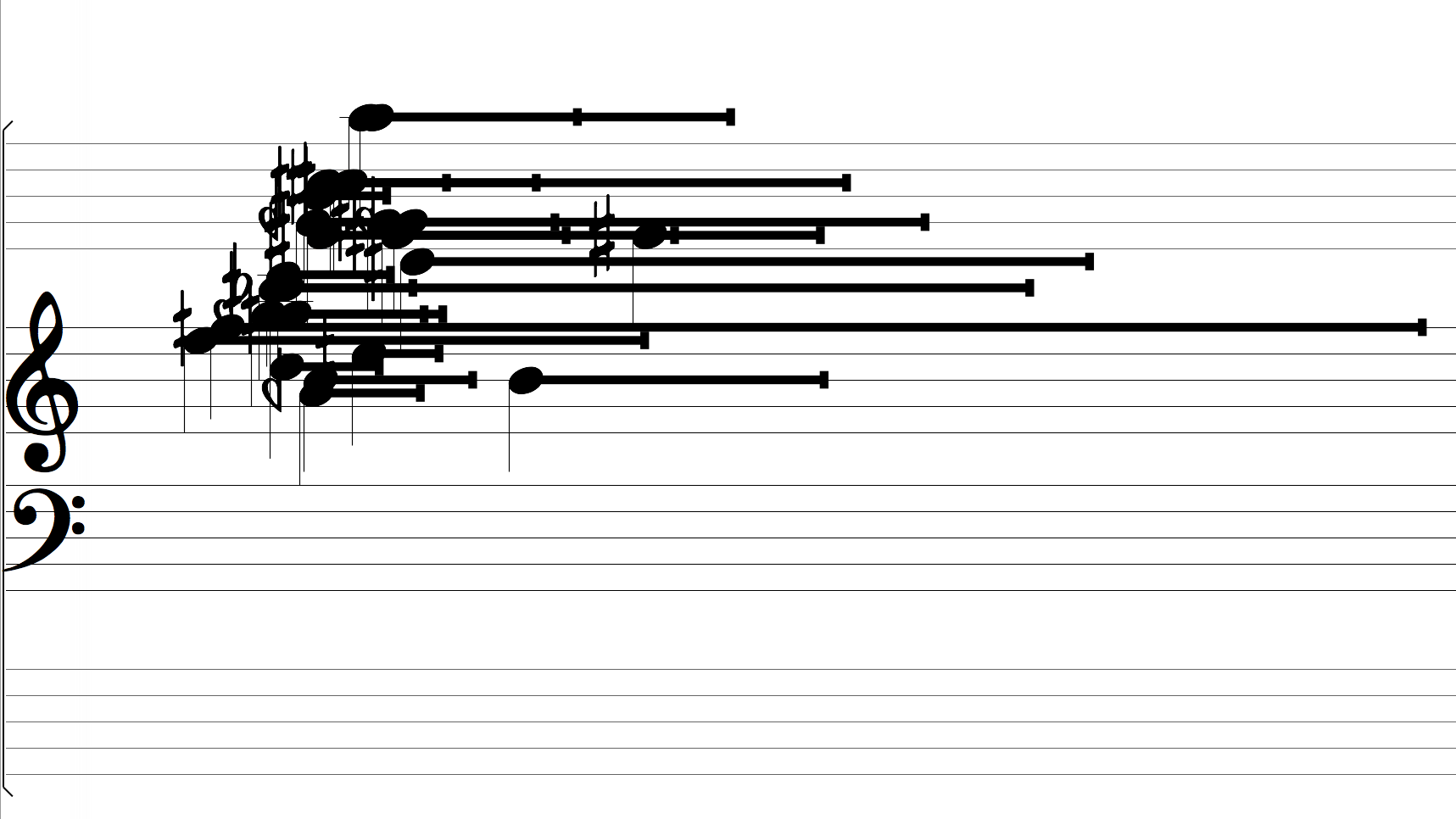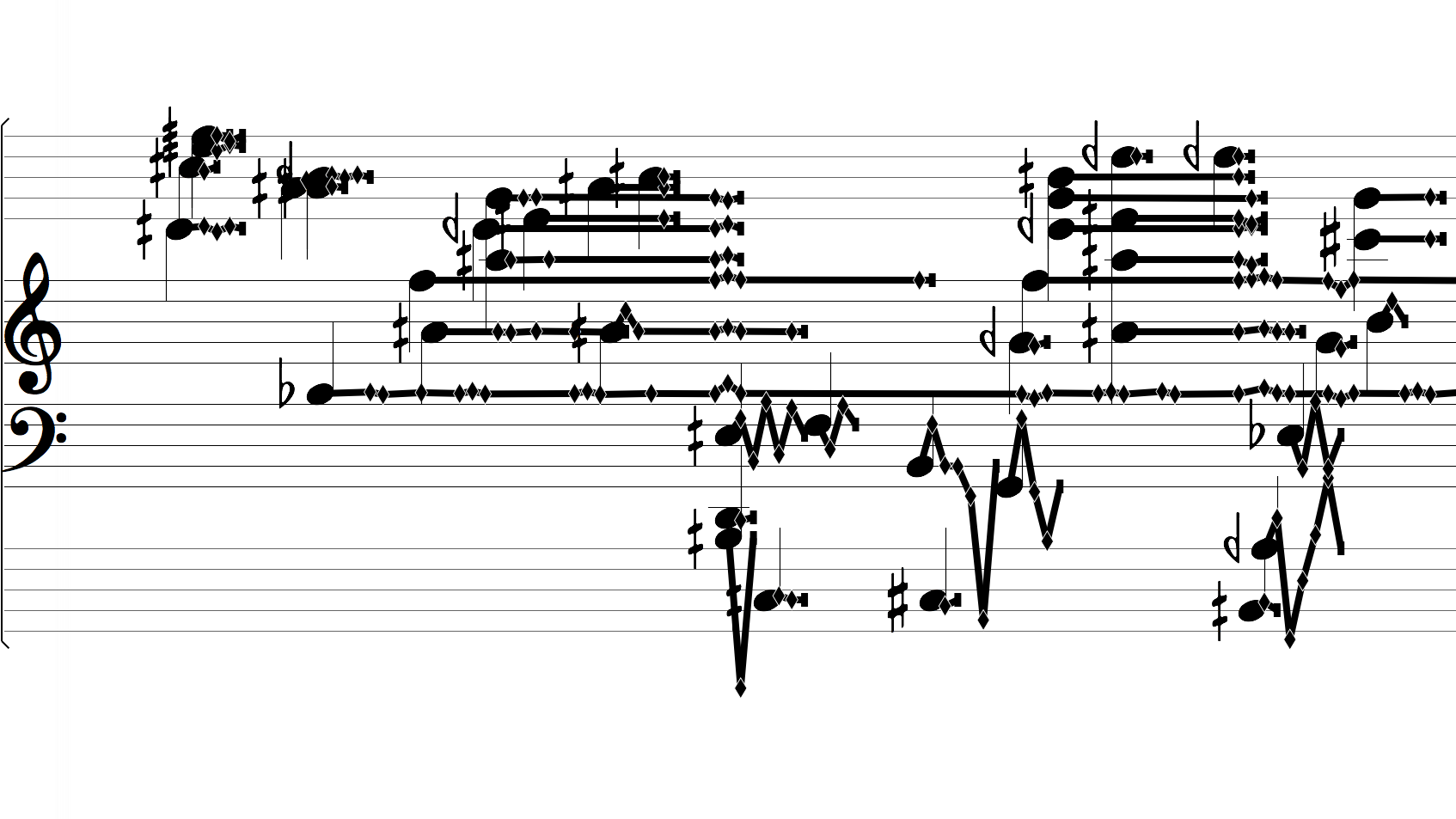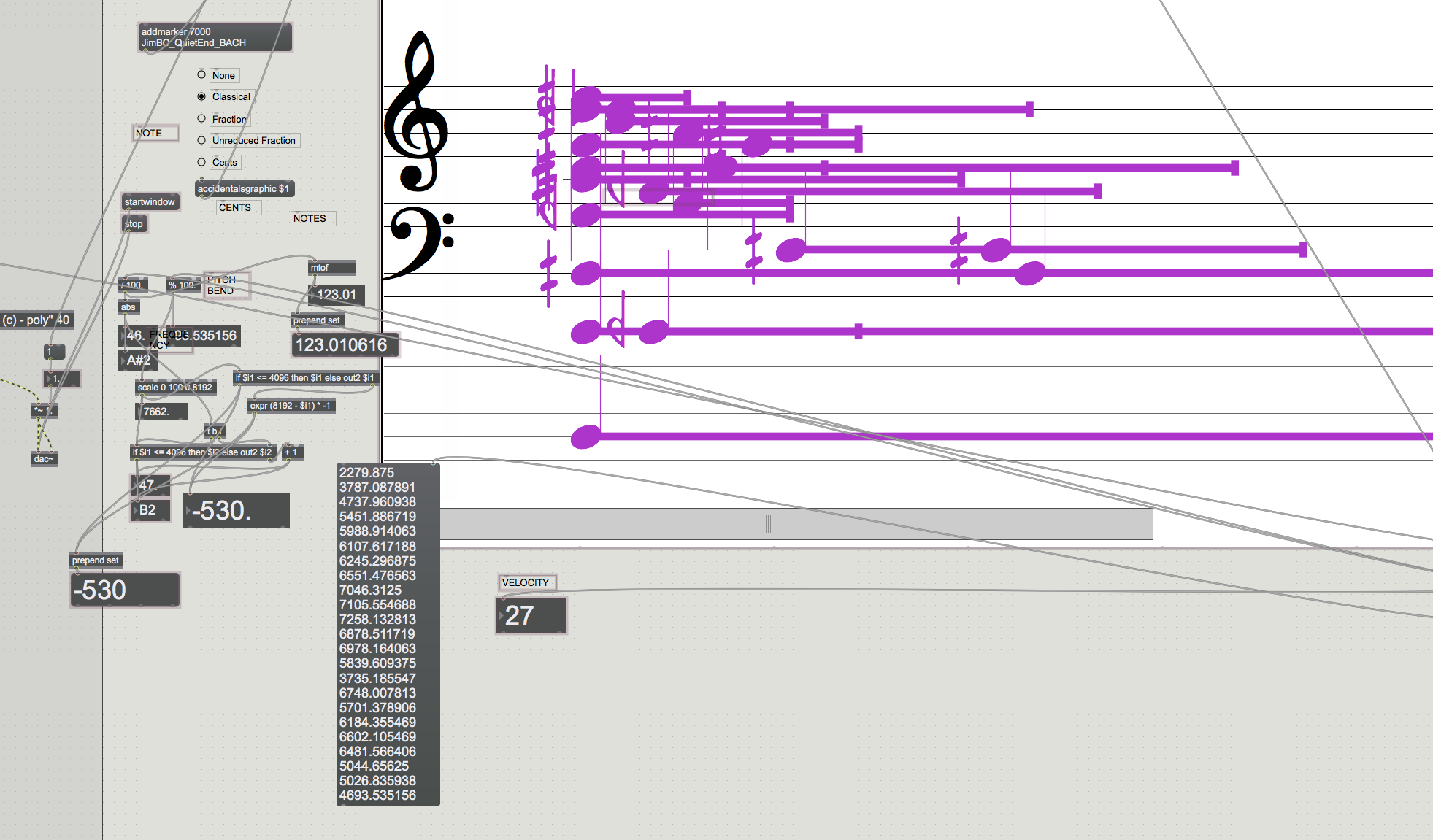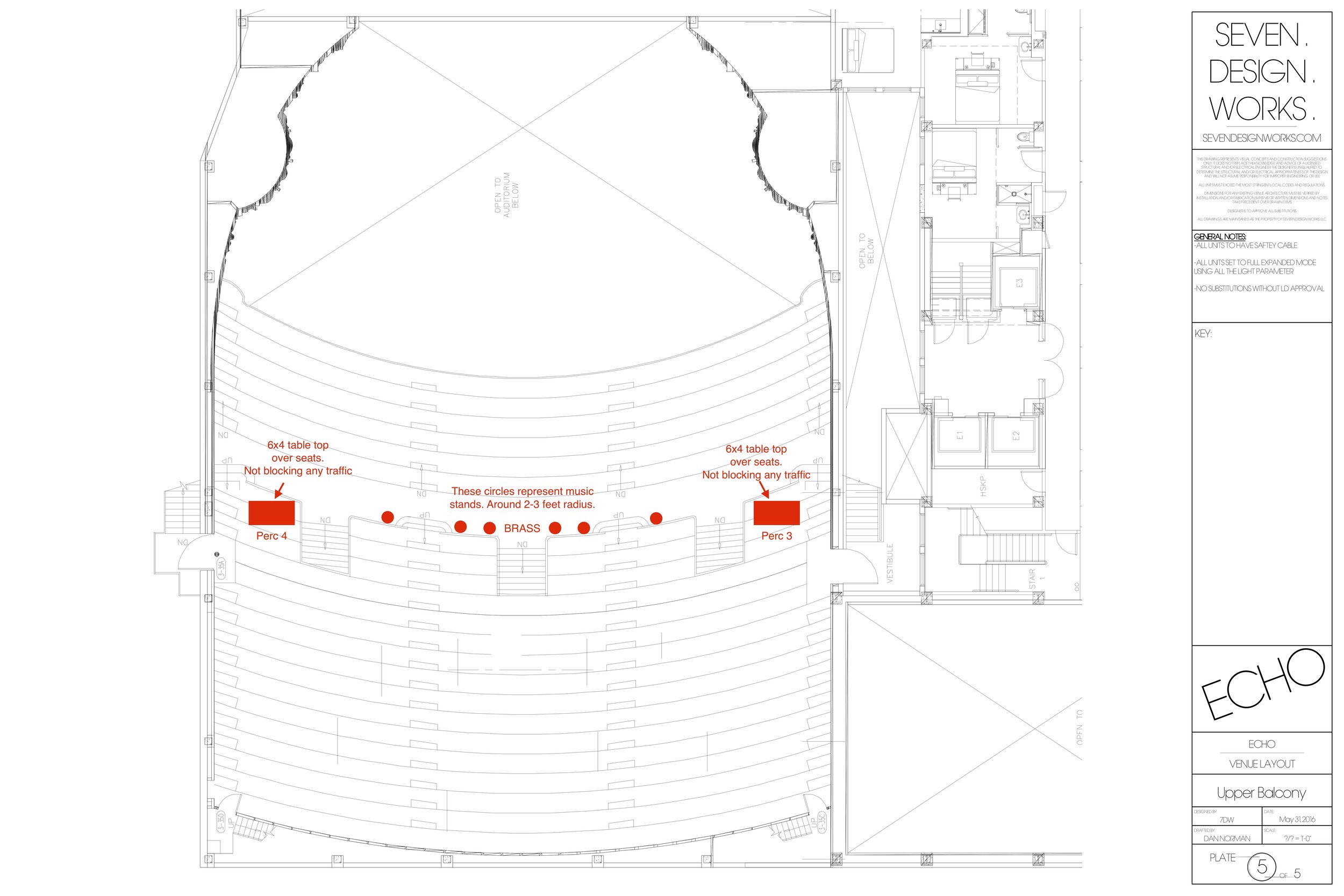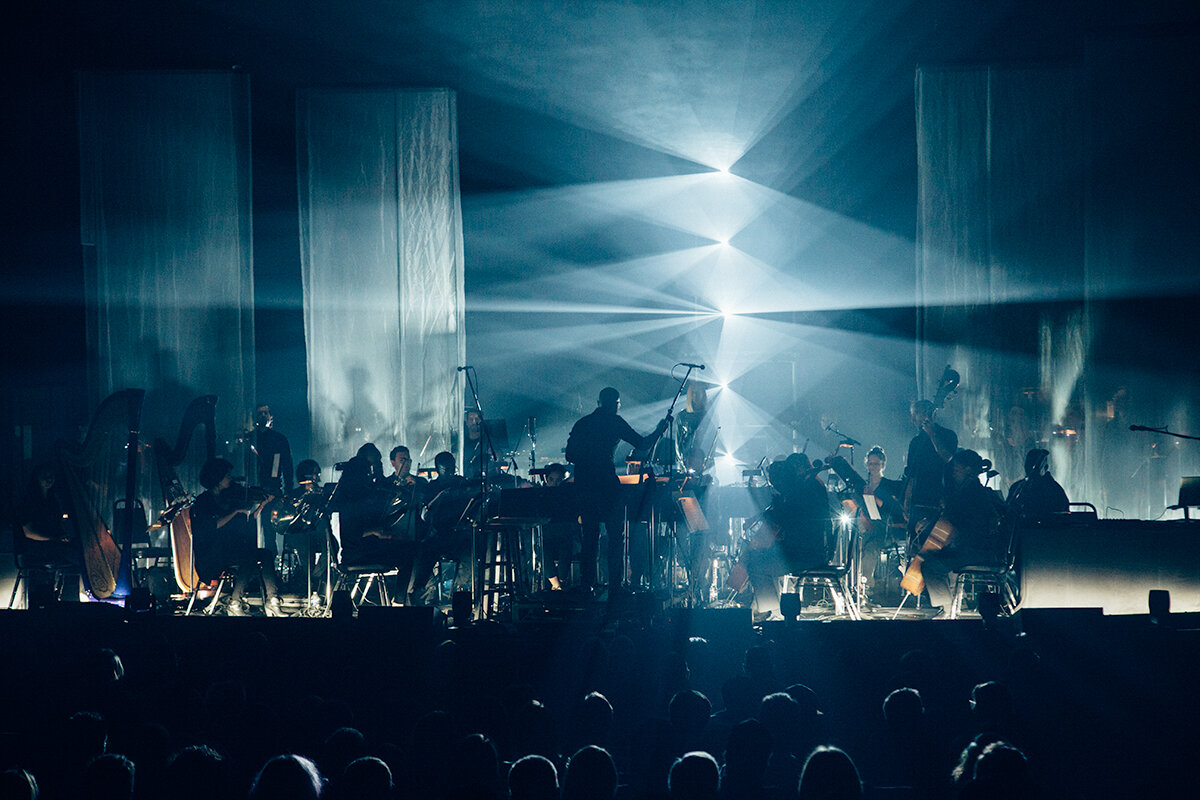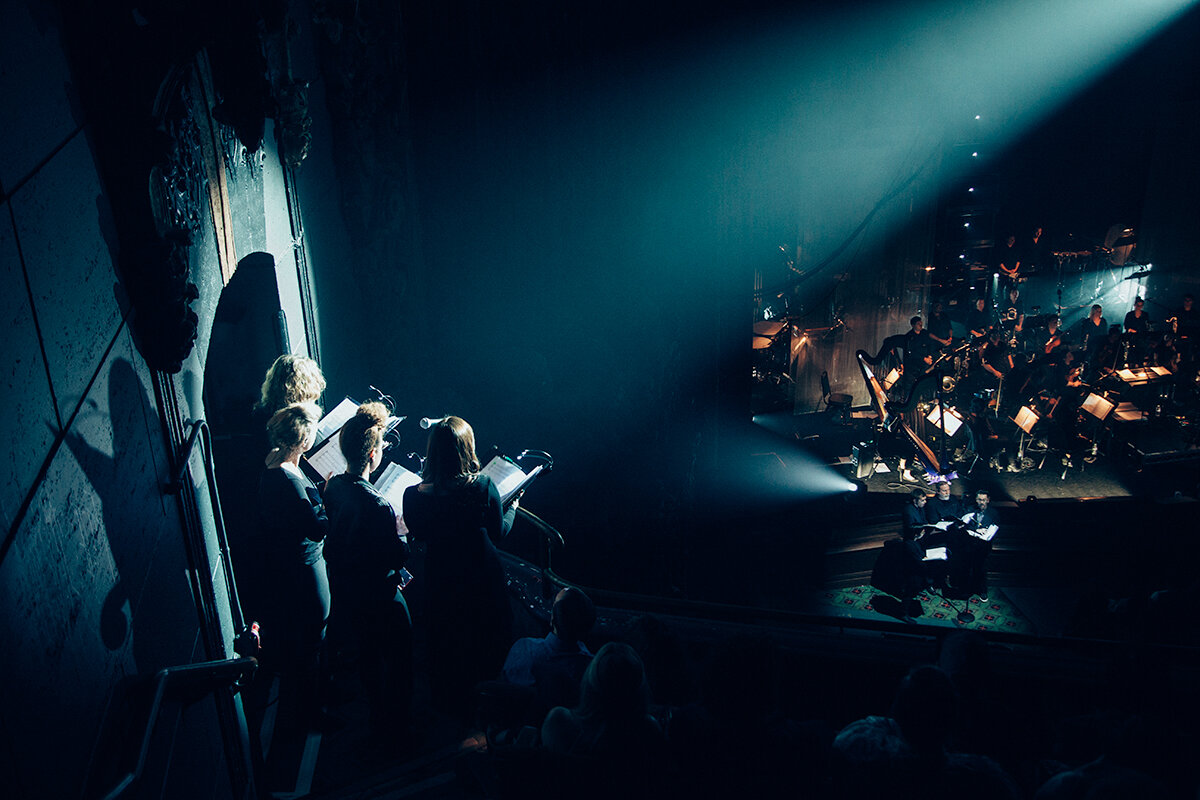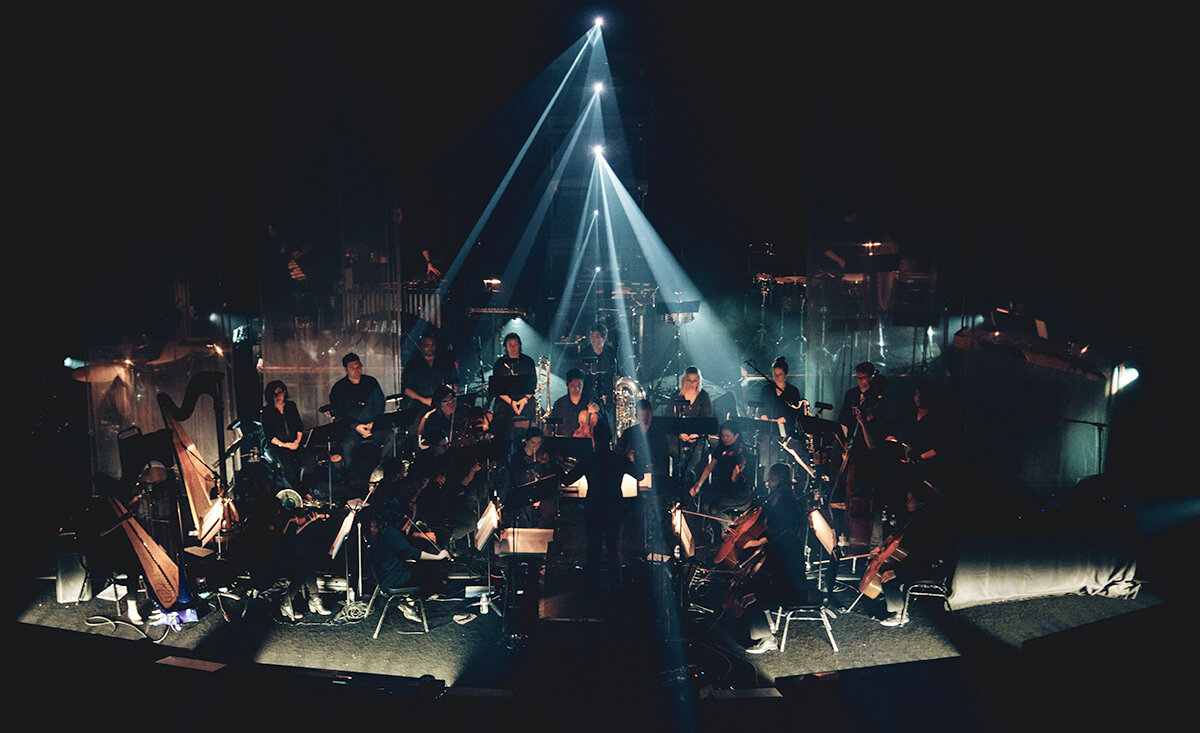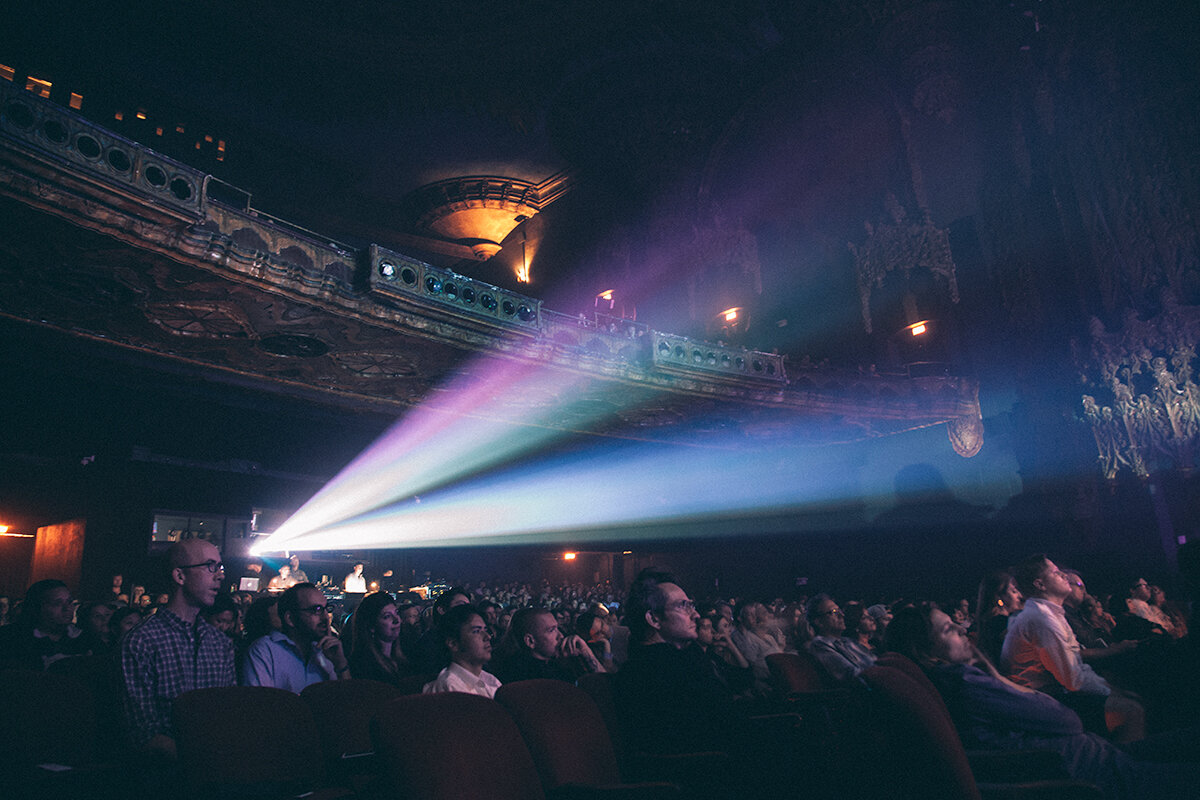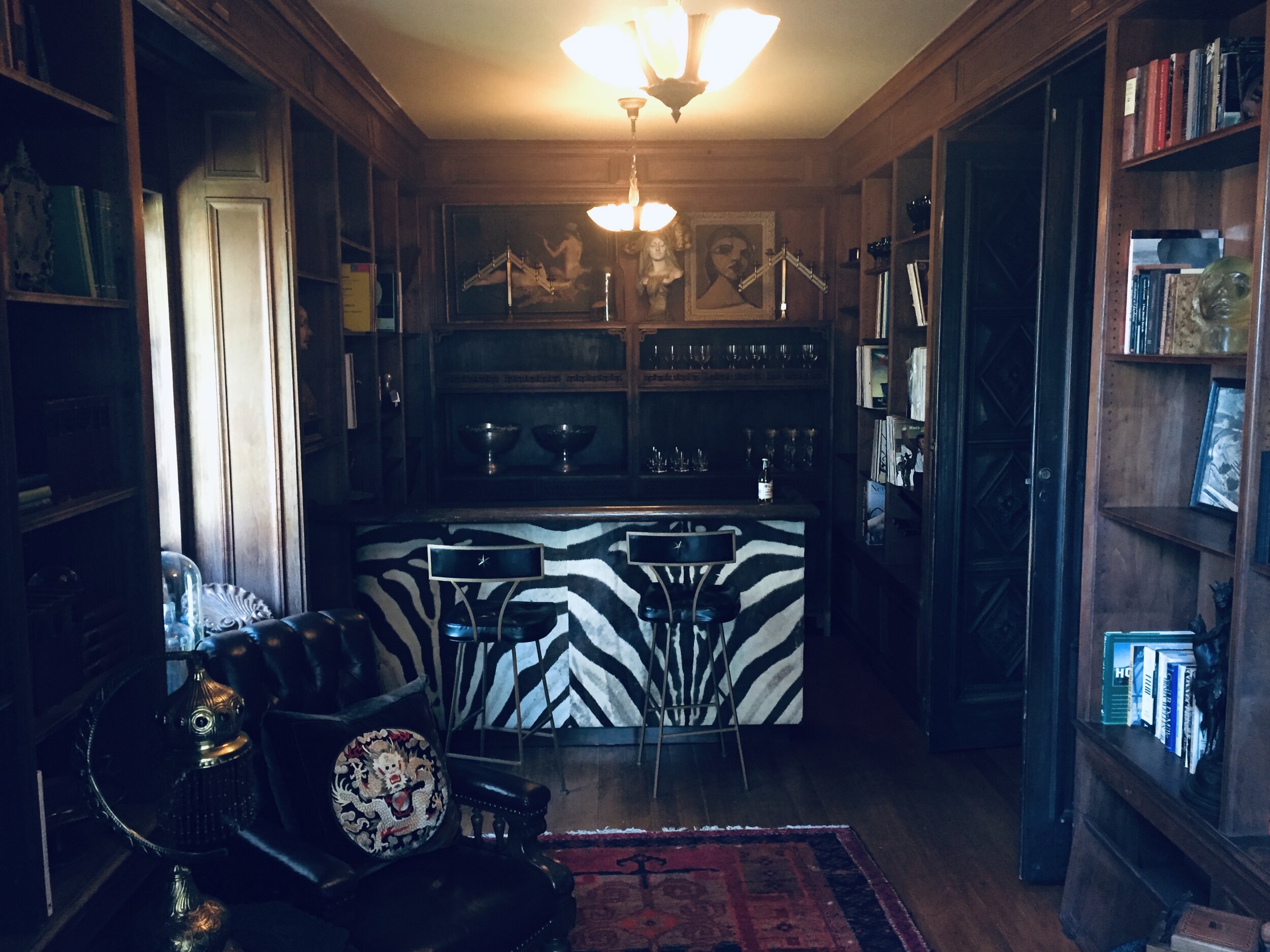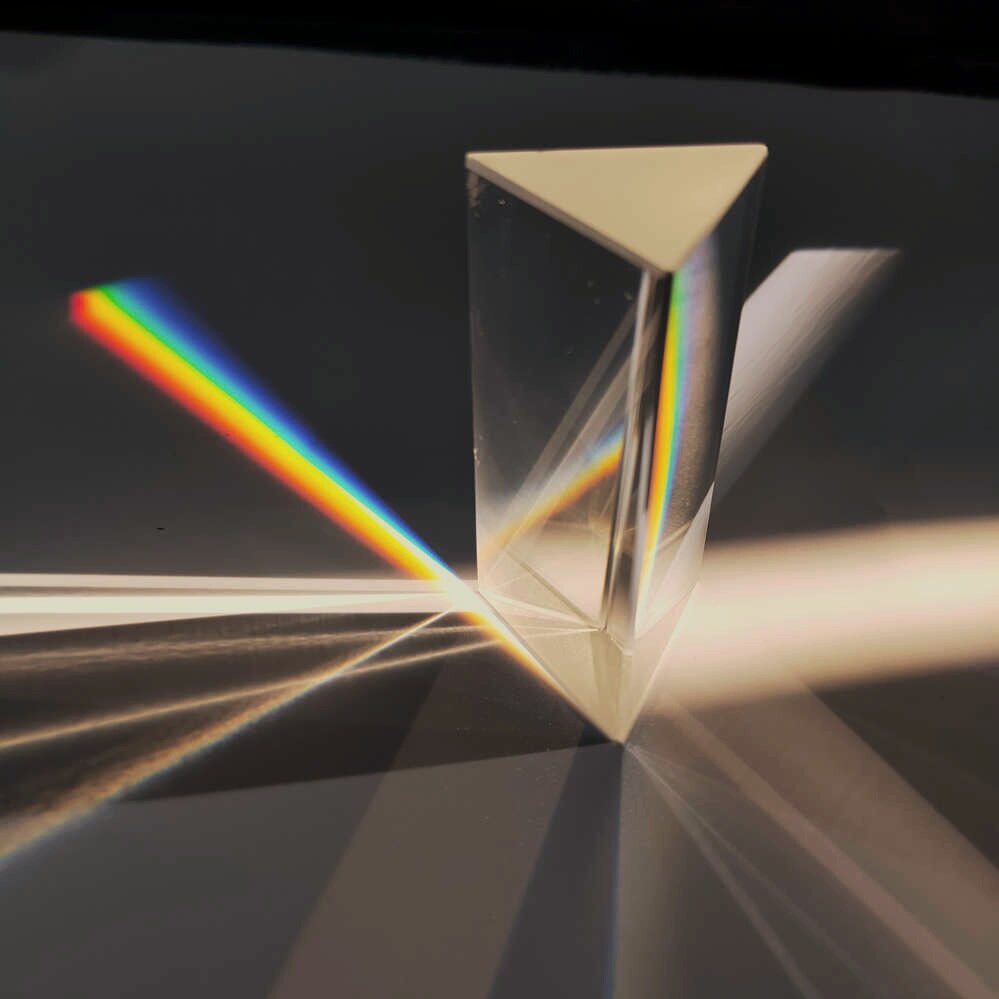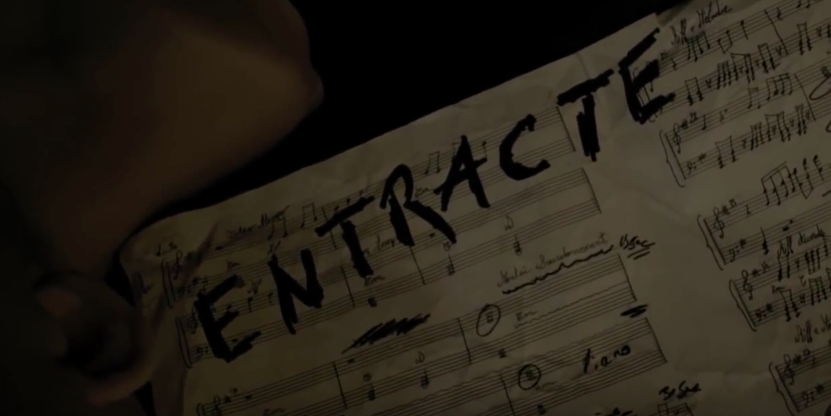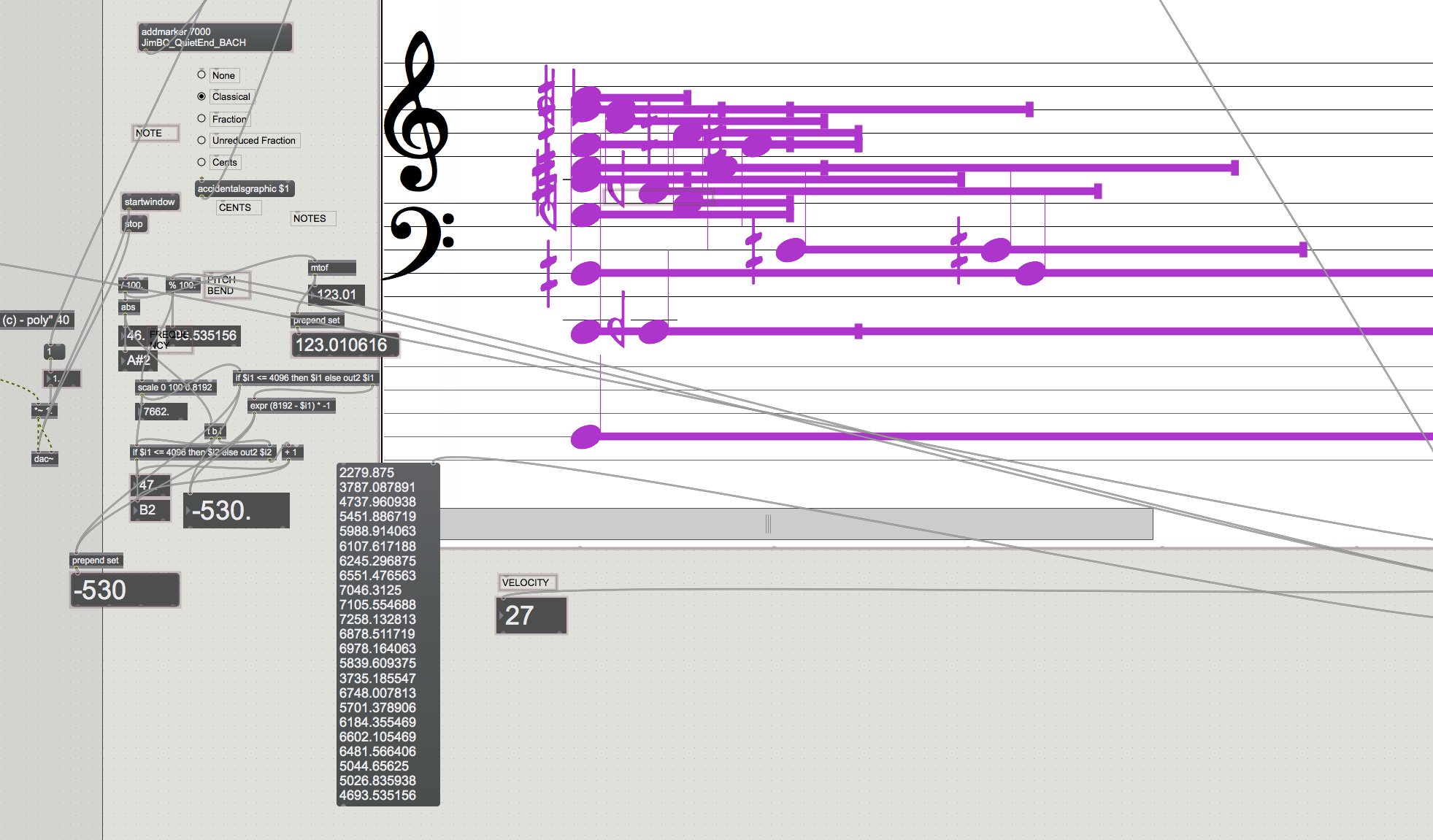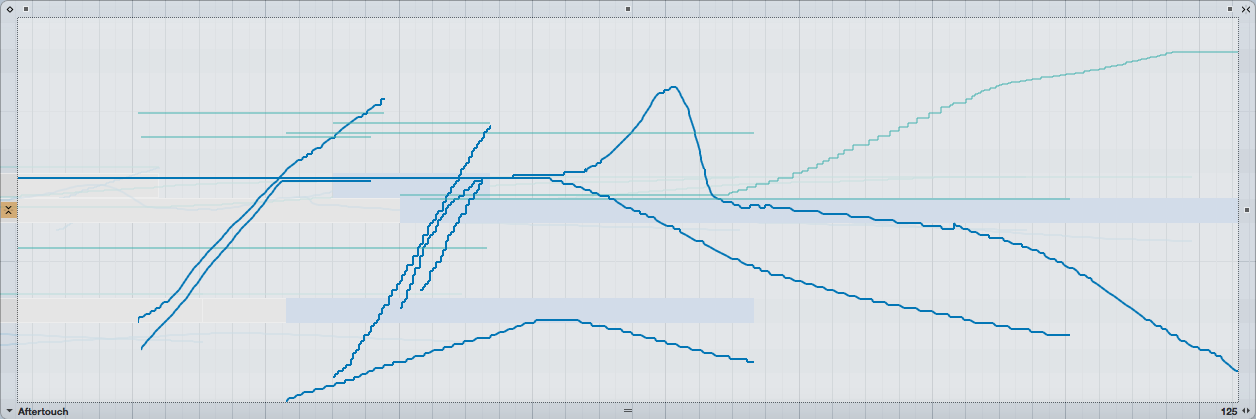After his extremely evocative early period, Stravinsky would insist that his newer music was nothing more than just music. But at a performance of his Symphony of Psalms, he softly wept to a friend during the third movement, confiding in him that the music represented his first wife’s passing and her passage to heaven. Stravinsky later said of this movement, a setting of Psalm 150, “...never before had I written anything quite so literal as the triplets for horns and piano to suggest the horses and chariot.”
Regardless of what a composer might say, we can’t help but intertwine our emotions and our music. I have made the deliberate choice to face this head on, making intent and evocation an important part of my work. What drives me to write, and how can I convey an emotional journey to my audience?
Like Rain is a snapshot of a very personal and specific moment in my life. It was time to reflect on it from afar, and invite my audience to be a part of it. To illustrate my thoughts as I worked, I’ll break down the composition layer by layer.
Rain is evoked by a piano and synthesizer through heavy delay that gradually increases in density.
Suzanne Waters’ beautiful vocal harmonies are featured throughout as a heartbeat, providing a soft, emotional bed on which the main vocals can rest.
The synthesizers and percussion evoke a church-like atmosphere. I wanted this moment to feel sacred and powerful.
The main vocal is my own, but heavily processed. Rather than presenting the words clearly, I wanted mystery and depth, so I hid behind a vocoder, harmonizer, and several effects.
The epilogue is a gentle piano, EBowed electric guitar, and wordless vocal. A meditation after the event.
One of my passions is to visit museums and observe specific paintings at different angles and distances multiple times throughout the day. My goal is for the audience to absorb the complete emotional picture I’m illustrating through sound, but upon further listenings, to potentially discover the nuance and inspiration behind my choices. The amount of depth observed is up to the listener, but at the most primary layer, to be successful composition, I feel that the emotional journey must be strong and alive.










